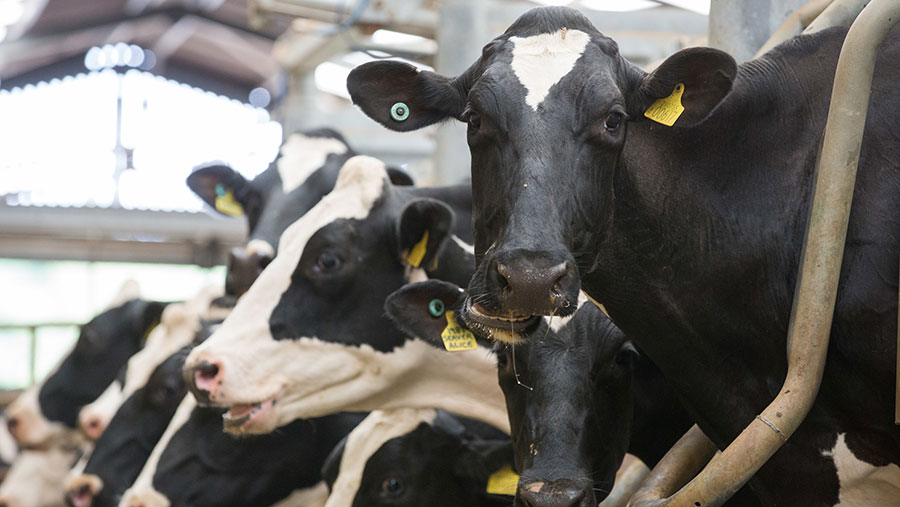How to review dairy welfare costs
 © Tim Scrivener
© Tim Scrivener The polarisations that are taking place in the UK as the dairy industry of either high input, high output or low input, low output are advancing at a great rate.
However, all producers recognise productive cow longevity has the biggest impact on dairy farm profitability and the UK consumer.
Awareness of how primary productive animals are treated by both local and overseas consumers is essential and they expect clean and green high-quality UK products from an environmentally friendly dairy industry.
See also: Top dairy farms keep costs of production down
All of these demands are placed on top of a dairy industry that expects farmers to continue to adapt and improve farm systems.
In the current environment of low milk prices that is likely to continue for some time and there is going to be a real focus on costs of production and, specifically, veterinary charges and herd replacement costs to maintain great animal welfare. A review of these two cost areas and their benefits are outlined below:
Veterinary charges
Target at 0.7p/litre but the range is 0.4p to 1.5p.
Things to do:
- Optimise on-farm stockmanship skills
- Learn from organic farmers who limit the use of drugs
- Make evidence-based decisions
- Maintain great biosecurity
- Ensure cows are fully fed on forage – cows are ruminants.
Things to challenge:
- Routine visits breeding on-farm complacency
- Overuse of drugs and building up immunity
- Traditionalism – “We have always done this”
- Dirty practices
- High levels of non-forage feeds.
Herd replacement costs
National average replacement rate at 33%.
On a 7,500-litre cow, the herd replacement rate cost can range as follows:
200-cow herd cost (£)
- 33% = 3.08p/litre or £46,200
- 25% = 2.33p/litre or £34,950
- 20% = 1.87p/litre or £28,050.
(Based upon heifer replacement costs at £1,100 and cull cow price average at £400.)
Things to do:
- Know your replacement rate and all reasons for losses
- Breed low-maintenance cows and in-house stockmanship
- Get cows back in-calf to suit the profitable business plan.
Things to challenge:
- Things you think you cannot do better
- Outgoing cow care and fertility work
- Do not accept low fertility – no matter the yield level (improved nutrition and stockmanship).
The high rates of involuntary culling, particularly mortality, and losses in early lactation are signs of poor animal welfare. Removing the causes of involuntary culling – the three main ones being infertility, mastitis and lameness – will significantly improve animal welfare.
Good farming practices will satisfy public perception and expectations, the cow’s real needs and the dairy farmer’s pocket.

